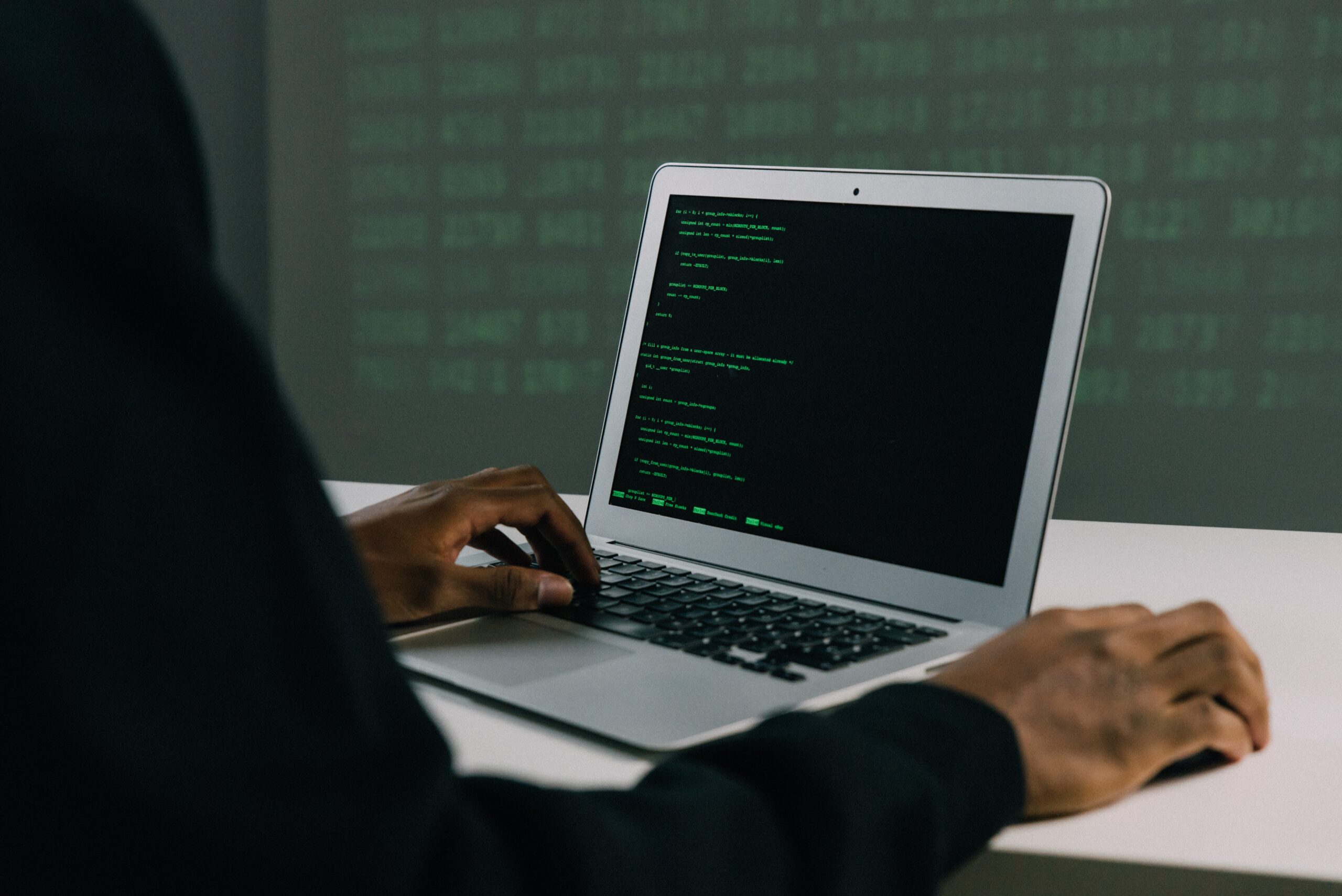The Blockchain and Cryptocurrencies’ Biggest Weaknesses
The distributed ledger technology known as blockchain is widely regarded as one of the most significant technological advances of this century. According to a forecast published by the World Economic Forum, the contribution of blockchain technology to the global GDP will reach 10...

The distributed ledger technology known as blockchain is widely regarded as one of the most significant technological advances of this century. According to a forecast published by the World Economic Forum, the contribution of blockchain technology to the global GDP will reach 10 percent by the year 2025. Despite the phenomenal rise of the industry, the sector is still in its early stages of development. It is vital to develop a system that is both sustainable and secure by removing vulnerabilities in the ecosystem in order for technology to be successful in attracting innovation and growth in the field.
Vulnerabilities Inherent In Blockchain
The immutability of data is institutionalized through the use of the blockchain registry. To put it another way, the blockchain serves as a secure record that prevents the data from being hacked or altered in any way. Despite the fact that the data contained within the register has not been compromised in any way, it is nevertheless susceptible to compromise at points of entry and departure. These are the places where individuals or APIs interact with the blockchain. They are also referred to as endpoint vulnerabilities.
In addition, the blockchain needs data and channels in order to process information further. These endpoints are nevertheless susceptible to being hacked, having their data stolen, or being manipulated. For the purpose of illustration, endpoint vulnerabilities could manifest themselves in the form of digital wallets or the holding of assets through a hot wallet on a cryptocurrency exchange in the case of virtual currencies.
Additional protocols, such as two-factor authentication (2FA) or cold storage, are required to be implemented at endpoints in order to manage and hold funds in cryptocurrencies. This is necessary in order to guarantee the safety of blockchain-based systems and cryptocurrencies. In addition, security procedures need to be implemented at several levels, including back-end operations, management of user-to-application interactions, the network level, and transmission channels.
Protection of both the public and private keys used in the blockchain network
Using a combination of their private keys and public keys, traders can access the assets associated with cryptocurrencies. It is possible for users to lose access to their digital currencies if an adversary obtains the private keys belonging to another person. Even if a hacker cannot gain these keys completely at random, they can still be obtained by phishing attempts, false wallets, access to the keys through the cloud, or by putting a virus on the machine that contains the private keys.
In addition, the possibility of losing one’s private keys is one of the risks associated with cryptocurrencies. According to the findings of research, the loss of private keys accounts for around 4 million lost bitcoins.
Protecting your private and public keys with these helpful hints:
- You should avoid holding funds in cryptocurrencies on wallets owned by other parties; It is vital to install anti-virus software on the computer’s hardware system;
- Make use of authentication methods such as two-factor authentication (2FA) to provide additional security precautions;
It is imperative that private keys not be sent by email at any cost. You should never give emails from untrusted sources access to your private keys since they could compromise your security.
Third Party Risks When Using Blockchain
Numerous decentralized applications will emerge on well-known platforms such as Ethereum as the blockchain sector continues to mature. The programs that have been built are used for managing, doing transactions with, and storing a variety of cryptocurrencies. Nevertheless, the vast majority of these codes have not been vetted, and any flaws that they could contain could put the blockchain’s security at risk.
There are already more than 7,000 different tokens in circulation within the cryptocurrency sector. These tokens are generated by software that runs on several blockchain systems and incorporates a variety of different coding languages. Hackers have access to vulnerabilities in the coding of smart contracts and blockchains, and they can exploit these faults to their own benefit.
Regulatory actions and procedures
Over the course of the past few years, there has been a discernible increase in the degree to which individuals in the ecosystem comply with the law. The legal compliance of initial coin offerings (ICOs), digital assets, security token offerings (STOs), cryptocurrency transactions, and even service providers like cryptocurrency exchanges has begun to be defined by governments.
Despite this, the rules in a great number of countries are not entirely clear. It is necessary to have a uniform regulatory process in order to reduce the potential for risk and to enable the legal framework to avoid fraud. Additionally, the framework of legal laws will guarantee safety in the cryptocurrency and blockchain-based systems. The rules should be drafted in such a way that they do not restrict innovation or limit the size of the industry. The widespread use and ever-increasing popularity of blockchain systems are putting pressure on regulatory bodies to develop a framework that complies with all applicable laws.
